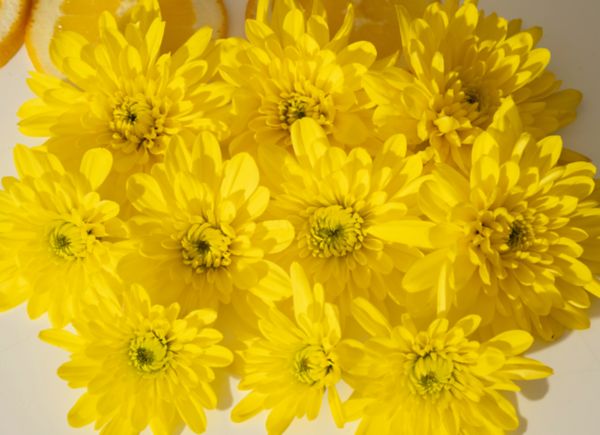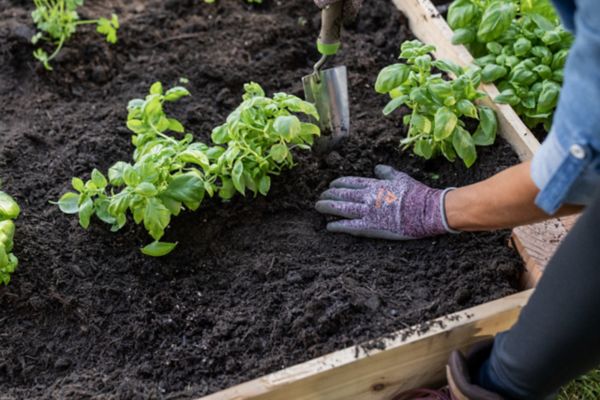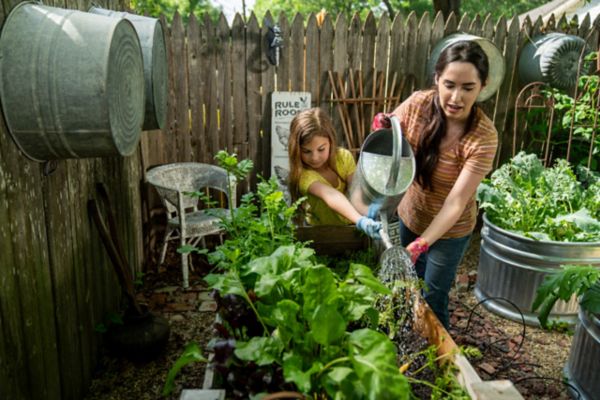How to Grow Arborvitae Trees
Arborvitae trees, also known as the "tree of life," are a popular choice for homeowners looking to add privacy, beauty, and value to their yards. These evergreen trees are low-maintenance and adaptable to various environments, thriving in northern landscapes. This guide will walk you through the steps to plant and grow your own Arborvitae trees, helping you create the private oasis you've always wanted.
AboutArborvitae Trees
| Botanical name: | Thuja |
| Common name: | Arborvitae |
| Plant type: | Coniferous tree or shrub |
| Size: | Varies widely depending on species; can range from small shrubs (3-4 feet) to large trees (30+ feet tall). |
| Sun exposure: | Full sun |
| Soil type: | Well-drained |
| Soil pH: | 5.5 to 7.5 |
| Hardiness zones: | Most arborvitae are hardy in zones 3-8, but specific varieties may have narrower or wider ranges. |
| Average first frost: | Varies by region |
| Average last frost: | Varies by region |
| Container friendly: | Some dwarf varieties, but most should be planted in outdoor soil |
| Beginner friendly: | Yes |
Planting
One of the best things about Arborvitae trees is their versatility. These hardy plants can be planted almost anywhere, making them perfect for various landscaping needs.
When choosing a location, consider the mature size of your Arborvitae and ensure there's enough space for it to grow without interfering with structures or other plants. Think about sunlight exposure – Arborvitae trees thrive in full sun to partial shade. Also, consider the soil conditions and drainage of the chosen spot, as Arborvitae prefer moist but well-drained soil.
Ideal locations for your Arborvitae include:
- Yard corners to accentuate the geometry of your property
- Framing front doors for a stately and welcoming entrance
- Along property edges to create privacy screens and windbreaks, offering both aesthetic appeal and functional benefits
To give your Arborvitae the best start, plant it within a few days of purchase. If you can't plant it immediately, water it daily and avoid placing it on heat-absorbent surfaces like concrete or asphalt. This helps prevent stress on the plant and ensures it stays healthy until you can get it in the ground.
When transporting your Arborvitae, handle it carefully to avoid damaging the branches or root ball. If the tree is wrapped in burlap or in a pot, keep these protections in place until you're ready to plant. This minimizes root disturbance and helps the tree acclimate to its new environment.
When you're ready to plant, dig a hole as deep as the root ball and twice as wide. This gives your Arborvitae's roots plenty of room to spread out and establish themselves in the soil. A hole that's too shallow or narrow can lead to stunted growth and root suffocation.
To ensure proper depth, measure the root ball before you start digging. Use a shovel to loosen the soil around the hole, making it easier for the roots to penetrate the ground. Remove any rocks, roots, or debris while digging to prevent any obstruction to root growth.
Growing
To help your Arborvitae thrive, consider adding amendments to the soil before planting, especially if you have heavy clay or sandy soil. An acid-based plant food can boost soil fertility and water retention, giving your tree the nutrients it needs to grow strong and healthy.
You can also mix in organic matter like compost or peat moss. This will improve soil structure, aeration, and nutrient content, creating an ideal environment for your Arborvitae's roots. Blend the amendments thoroughly with the native soil to provide a consistent medium for the roots.
Once your hole is ready, place your Arborvitae in the center, making sure the top of the root ball is even with the soil surface. As you backfill the hole with soil, gently pack it around the root ball to eliminate air pockets. Water the tree thoroughly to settle the soil and give it a good drink.
Make sure the tree is standing straight before you finish filling the hole. Adjust the position if needed, and once the tree is vertical, continue to backfill the hole, periodically watering to help the soil settle and remove air pockets. This process helps establish good contact between the roots and the soil.
To help your Arborvitae retain moisture and suppress weed growth, apply a layer of wood mulch around the base of the tree. Aim for a depth of about 2-3 inches, and leave a gap of about 4 inches between the mulch and the trunk to prevent bark scorching and decay.
Mulching also helps regulate soil temperature, keeping the roots cooler in the summer and warmer in the winter. Choose a natural, untreated wood mulch to avoid introducing any chemicals that could harm the tree. As the mulch breaks down over time, it will add organic matter to the soil, further enhancing the growing conditions for your Arborvitae.
Caring for Your Arborvitae
Once your Arborvitae is planted, caring for it is simple. Water it deeply and regularly, especially during the first year. Arborvitae prefer well-drained soil, so avoid overwatering or planting in areas with standing water.
Establish a watering schedule that lets the soil dry slightly between sessions. This encourages the roots to grow deeper in search of moisture, leading to a more robust and drought-resistant tree. During hot, dry periods, you might need to water more frequently to keep the tree hydrated.
Fertilize your Arborvitae annually in the spring with a slow-release, balanced fertilizer to promote healthy growth. Look for a fertilizer made for evergreens or acid-loving plants to provide the right nutrients. Apply the fertilizer according to the package instructions, and take care not to over-fertilize, as this can damage the tree.
Prune your tree as needed to maintain its shape and remove any dead or damaged branches. The best time to prune is in late winter or early spring before new growth begins. Use sharp, clean pruning tools to make clean cuts that will heal quickly. If you're creating a hedge, prune the sides of the trees slightly narrower at the top to ensure sunlight reaches the lower branches, promoting full, dense growth.
Frequently asked questions
How far apart should I plant my Arborvitae?
The spacing depends on how dense you want your hedge to be and how wide the variety you're planting can get. As a rough guide, if they grow to about 5 feet wide, plant them around 5 feet apart for a standard hedge. For a thicker hedge, you can go closer, about half their width apart.
What pests and problems are common to Arborvitae?
Arborvitae trees may face issues like winter burn, which results in brown foliage, and infestations of spider mites and bagworms, which can cause significant damage if left unchecked. Chemicals like Tree & Shrub Insect Control Concentrate can help protect your Arborvitae from these pests.
When should I be pruning my tree?
Prune Arborvitae in late winter to early spring before new growth starts. This timing promotes healthy growth and maintains the desired shape of the plant. Avoid pruning later in the spring or summer, as this can remove new growth and affect the plant's overall health.





